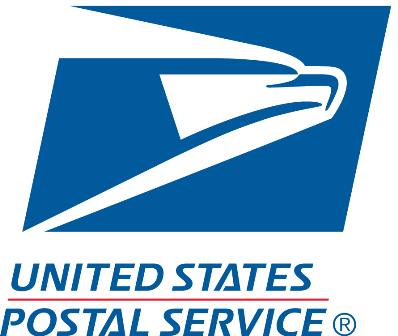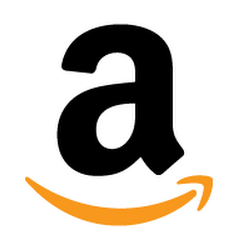Learning How To Build A Brand Through Trial And Error
Note: This business is no longer running. It was started in 2018 and ended in 2024. Reason for closure: Shut down.
Hello! Who are you and what business did you start?
My name is Joseph Panetta and I started a fashion apparel brand called BohoWrapsody (www.bohowrapsody.com) based on a concept my mother created in Panama in 1968.
She bought a traditional south american wool poncho and adapted it. In the 60’s, women spent hours teasing their hair and my mother was no different. She could not imagine un-doing all that work by slipping a poncho over her head so she made a seam up the middle; created some joined fabric covered buttons to seal the opening and joined the corners to create a sleeve effect. The result was something no one had seen.
It dawned on me that this simple shape, rendered in a lighter fabric, could be a perfect beach accessory - or even a casual fall or winter “extra layer.”
At the end of last year, I was chatting with the co-founder of the wildly successful Skinny Tan self-tanner. She loved the concept and we set out to test receptivity on Facebook (this was meant to be a DTC brand only).
We reasoned that if we could get someone to click from our FB ad to our website for under 30 cents, we had a winner. Within 48 hours we were down to 17 cents. We had a...

Download the report and join our email newsletter packed with business ideas and money-making opportunities, backed by real-life case studies.

Download the report and join our email newsletter packed with business ideas and money-making opportunities, backed by real-life case studies.

Download the report and join our email newsletter packed with business ideas and money-making opportunities, backed by real-life case studies.

Download the report and join our email newsletter packed with business ideas and money-making opportunities, backed by real-life case studies.

Download the report and join our email newsletter packed with business ideas and money-making opportunities, backed by real-life case studies.

Download the report and join our email newsletter packed with business ideas and money-making opportunities, backed by real-life case studies.

Download the report and join our email newsletter packed with business ideas and money-making opportunities, backed by real-life case studies.

Download the report and join our email newsletter packed with business ideas and money-making opportunities, backed by real-life case studies.

































